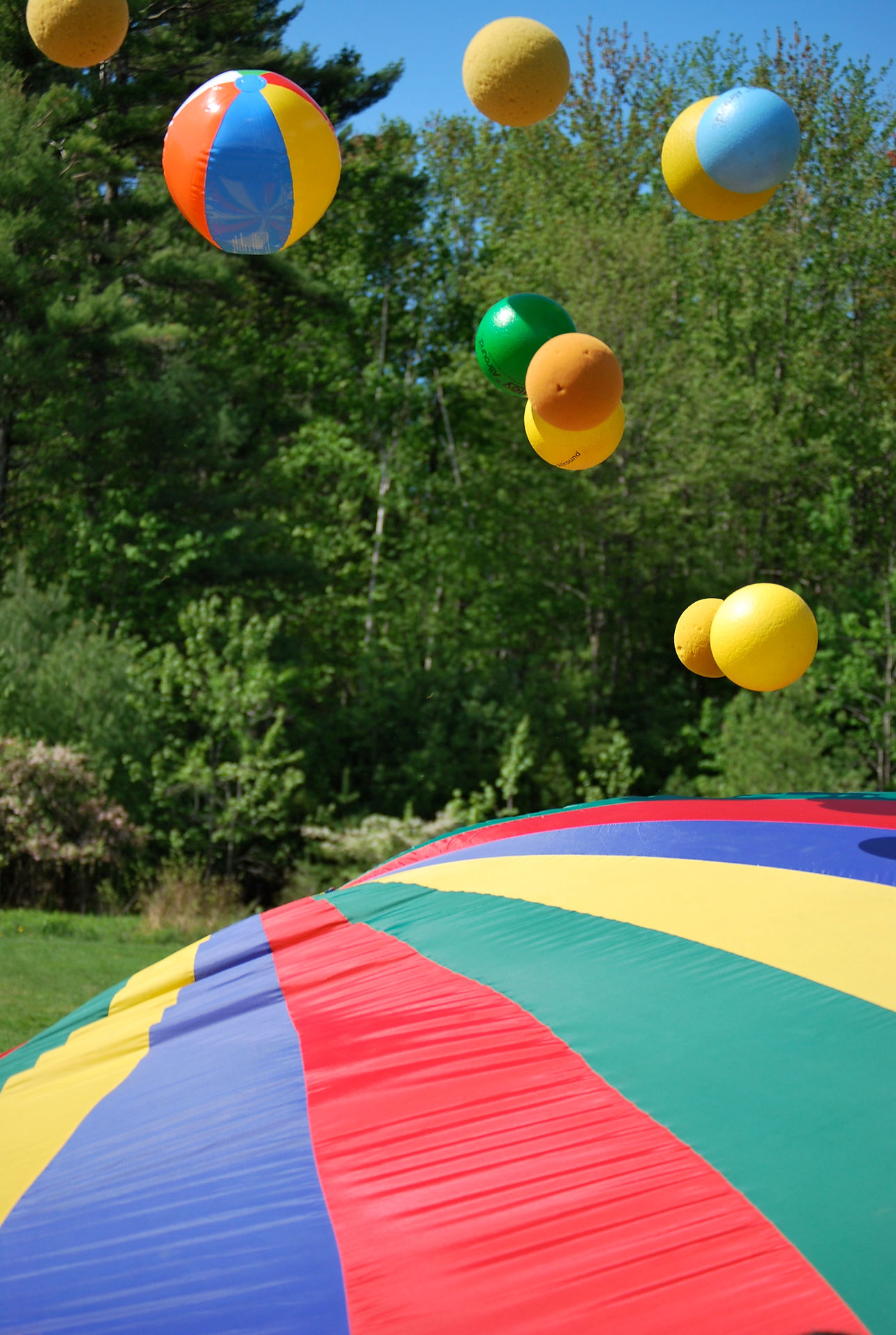
Marty Cryer
My students are encouraged to read at least 30 books in the course of a year. While that seems like a lot of reading, the students become energized with the idea because we talk a lot about the books all of us are reading. Since finding new books to read often comes as the result of talking to our friends about what they are reading doing book talks is a natural way to introduce students to books they might otherwise not read. I read a lot of grade level books so I can talk fluently about them and make great recommendations to my students.
I begin the year by sharing the books I have read over the summer. As I do so, my students become excited about sharing the books they are reading. They soon ask if they can do a book talk! Of course I am anxious to have them give it a try! I always ask if they wouldn’t mind if I record their talk so it can be part of our class website and a way for students to find new book choices. They are a bit reluctant at first, but it is not long before I am recording most of the students.
The book talks also become an opportunity for me to assess student progress in reading comprehension through the year as well as a chance for parents to see something their children are doing in school.
Overall the process has worked well, but I have not been good at planning ahead with who is doing a book talk when. Most of the time it seems to sneak up on me and I am scrambling. That will be changing right away and, I presume, will help students prepare for them.
ISTE-T Standards
1. Facilitate and Inspire Student Learning
and Creativity -
Teachers use their knowledge of subject matter, teaching and learning, and technology to facilitate experiences that advance student learning, creativity, and innovation in both face-to-face and virtual environments.
a. Promote, support, and model creative and innovative thinking and inventiveness
d. Model collaborative knowledge construction by engaging in learning with students, colleagues, and others in face-to-face and virtual environments
Common Core Standards
3.RL.2 Recount stories, including fables, folktales, and myths from diverse cultures; determine the central message, lesson, or moral and explain how it is conveyed through key details in the text.
3.RL.3 Describe characters in a story (e.g., their traits, motivations, or feelings) and explain how their actions contribute to the sequence of events.
A Place for parents and students alike
My classroom website is a communication tool, a learning tool and a portal to extend the classroom beyond its physical boundaries. The primary purpose is for communication with parents. Each week I post important announcements and a summary of what students did in each subject area during the week right on the front page. This is a blogroll, so previous posts are always available. Additionally, I have informative pages for both student and parent use. The math page includes videos and explanations of the math algorithms so parents and students can better understand them. The spelling page explains the Sitton Spelling concepts students are learning and the reading pages include everything from information about our reading program to the video book talks that students do in class. Additionally, I include a link to published student writing and our blog.
One of the favorite parts of my website, at least for students, is the website collection I have linked on the page. I have an extensive collection of links organized by subject and use on a portaportal page that students access in class and at home.
Over and over again, I have been told by parents how much they appreciate the website. I have even had parents of students who are not in my class use it!
ISTE-T Standards
3. Model Digital Age Work and Learning
Teachers exhibit knowledge, skills, and work processes representative of an innovative professional in a global and digital society.
b. Collaborate with students, peers, parents, and community members using digital tools and resources to support student success and innovation
c. Communicate relevant information and ideas effectively to students, parents, and peers using a variety of digital age media and formats
d. Model and facilitate effective use of current and emerging digital tools to locate, analyze, evaluate, and use information resources to support research and learning
5. Engage in Professional Growth and Leadership
Teachers continuously improve their professional practice, model lifelong learning, and exhibit leadership in their school and professional community by promoting and demonstrating the effective use of digital tools and resources.
a. Participate in local and global learning communities to explore creative applications of technology to improve student learning
b. Exhibit leadership by demonstrating a vision of technology infusion, participating in shared decision making and community building, and developing the leadership and technology skills of others

